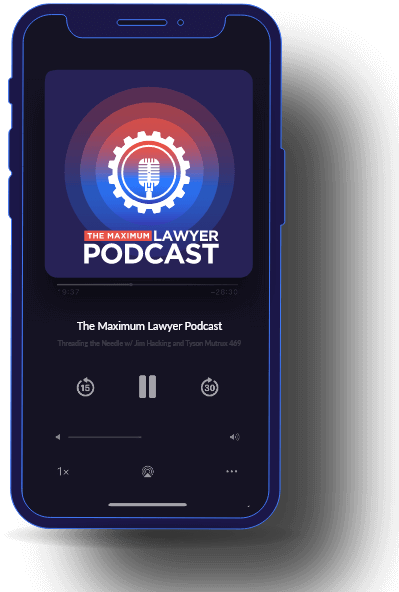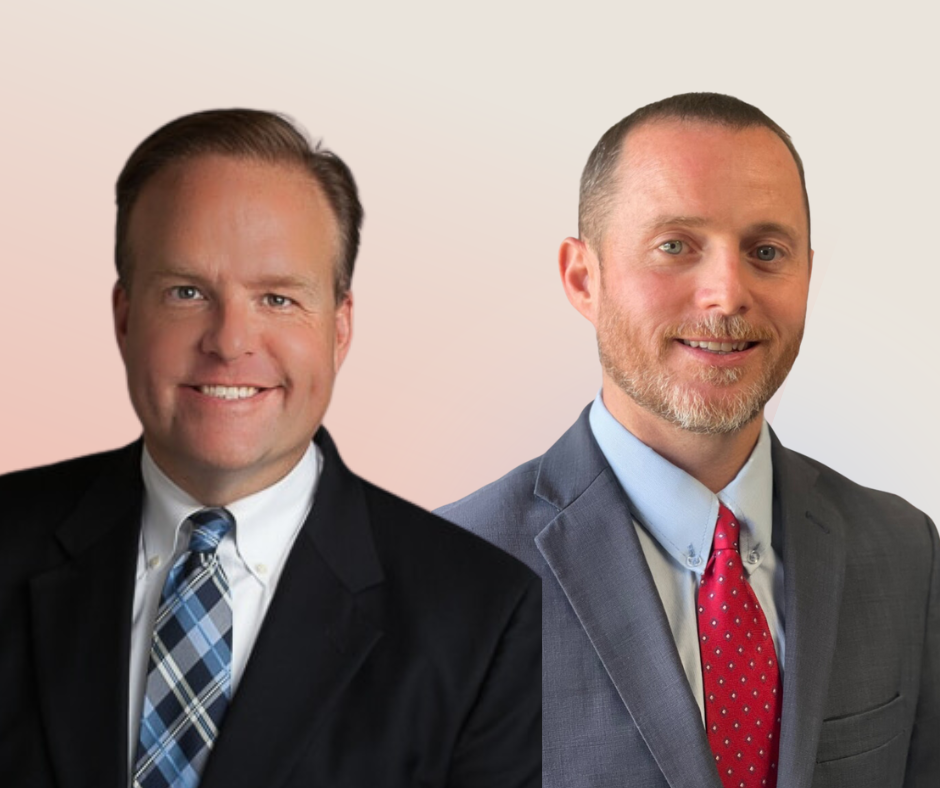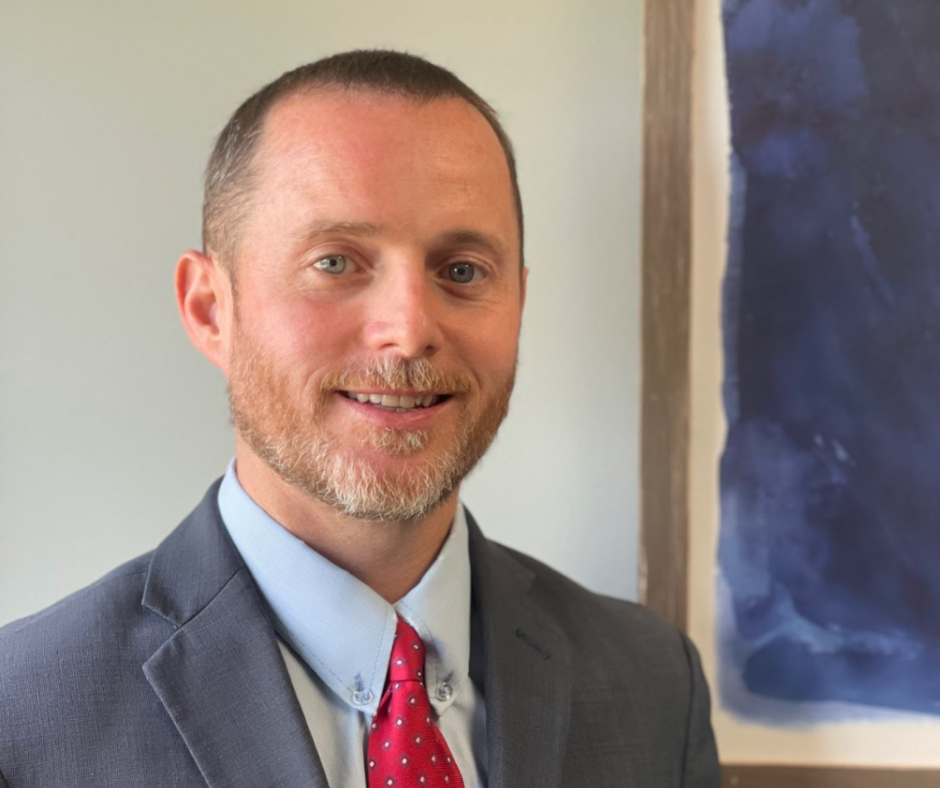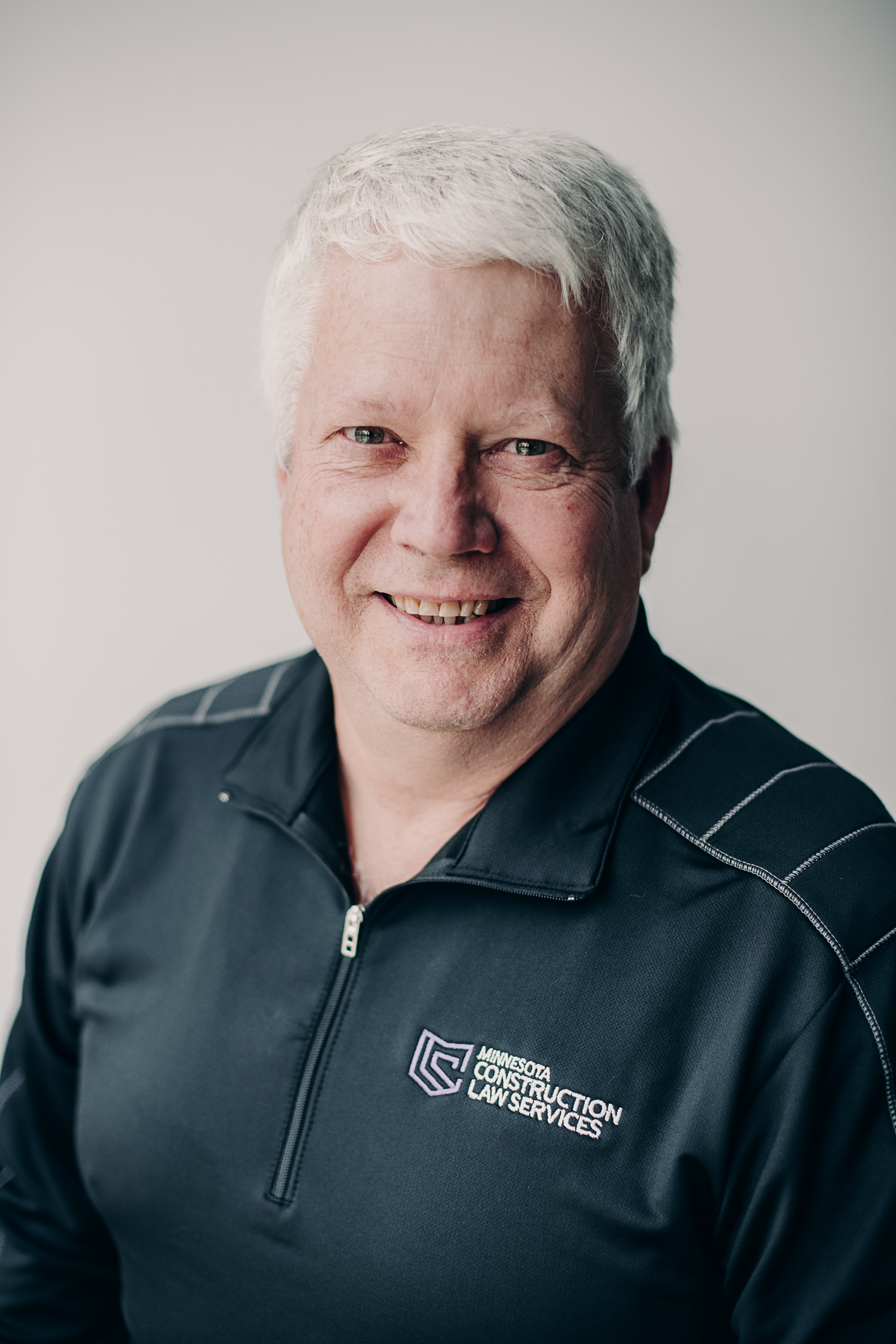Do you struggle with keeping realistic expectations? In this episode of the Maximum Lawyer Podcast, Tyson and Jim share their insights on unbridled optimism and how it relates to the field of law.
This post may contain affiliate links, which means that I may receive a commission if you make a purchase using these links. As an Amazon Associate I earn from qualifying purchases.
Let’s talk about design! Design is something that so many law firm owners don't spend enough time thinking about.
➡️ What does your design say about your company?
➡️ Should you create a brand book for your firm?
➡️ What are some design mistakes that you’ll need to avoid?
➡️ Does design really matter?
➡️ How often should you freshen up the look of your website?
These are some of the questions that our guest — Lauren Felter is answering today.
She's a design educator for non designers and a former ladder climber. She spent the first decade of her career overseeing marketing operations and technical systems for a university admissions office, while also teaching design as adjunct faculty. Then in January, 2020, after intense burnout and an identity crisis at the top, she decided to blow it all. And do it her own way. So she turned her highly sought after university design course into one specifically for professionals like lawyers and business owners who aren't graphic designers, but find designing an inevitable part of their regular to-do list.
Episode Highlights:
02:06 Laura’s journey … and and getting results
09:19 Design tips that attorneys should know …
11:51 Creating a brand book for your company
12:44 Design mistakes to avoid …
15:34 Paying five bucks for a designed logo on Fivverr may not be a good idea … here’s why
17:52 How do you remove your personality, out of the branding?
20:01 How often should law firm owners be thinking about freshening up their look?
Jim’s Hack: How often do so many of us feel like we have to justify taking care of ourselves to make sure that people don't think we're too highfalutin? We don’t have to justify ourselves to other people.
Lauren’s Tip: You are allowed to change your mind. If it’s not working or serving you right now you are allowed to figure out what's a better fit for you. Pivoting is not failure.
Tyson’s Tip: Read the book Fascinate by Sally Hogshead to deep dive into creating an irresistible brand.
🎥 Watch the full video on YouTube.
Connect with Laura:
Resources:
Join the Guild Membership
Meet us in San Diego! The final quarterly mastermind of 2022 still has tickets available! Become a member to purchase your ticket.
Subscribe to the Maximum Lawyer Youtube Channel
Follow us on Instagram
Join the Facebook Group
Follow the Facebook Page
Follow us on LinkedIn
Guild Membership
Free Access to Stage 1 of Maximum Lawyer in Minimum Time
Sign Up Today!Customer Reviews
4.9 out of 5
Join Our Facebook Group
Enjoy Exclusive Access To Stage One Of The Maximum Lawyer In Minimum Time Course
Privacy Policy
This privacy policy has been compiled to better serve those who are concerned with how their ‘Personally Identifiable Information’ (PII) is being used online. PII, as described in US privacy law and information security, is information that can be used on its own or with other information to identify, contact, or locate a single person, or to identify an individual in context.
Please read our privacy policy carefully to get a clear understanding of how we collect, use, protect or otherwise handle your Personally Identifiable Information in accordance with our website.
What personal information do we collect from the people that visit our blog, website or app?
When ordering or registering on our site, as appropriate, you may be asked to enter your name, email address or other details to help you with your experience.
When do we collect information?
We collect information from you when you register on our site, place an order, subscribe to a newsletter, Use Live Chat, Open a Support Ticket or enter information on our site.
How do we use your information?
We may use the information we collect from you when you register, make a purchase, sign up for our newsletter, respond to a survey or marketing communication, surf the website, or use certain other site features in the following ways:
- To personalize your experience and to allow us to deliver the type of content and product offerings in which you are most interested.
- To improve our website in order to better serve you.
- To allow us to better service you in responding to your customer service requests.
- To quickly process your transactions.
- To send periodic emails regarding your order or other products and services.
- To follow up with them after correspondence (live chat, email or phone inquiries)




